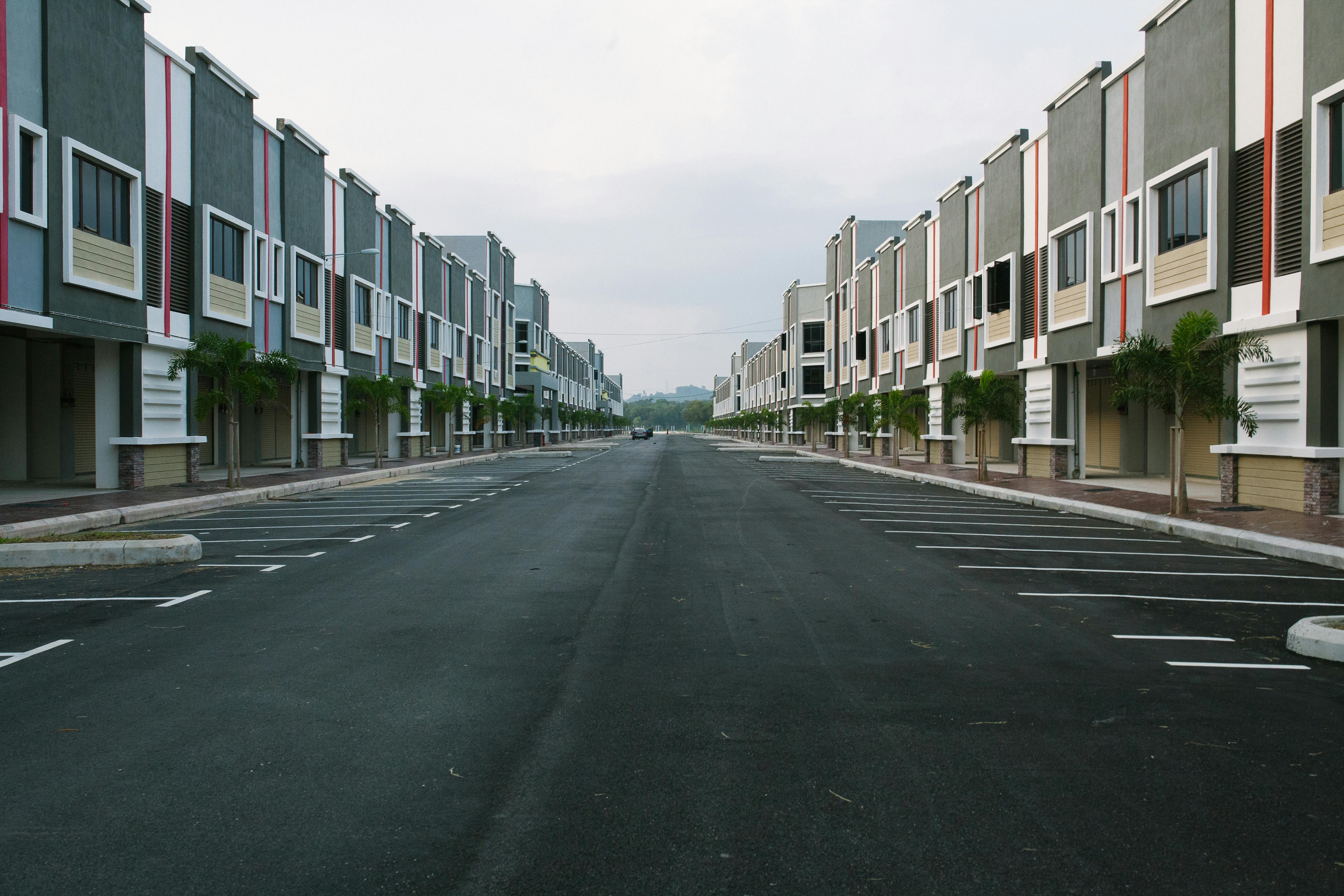Willis Carrier allowed Arizona to develop, expand and prosper
In 1902, Willis H. Carrier, a recent graduate of Cornell University, began working at a New York printing company for the princely wage of $10.00 per week. Brilliant, eager, ambitious, and curious, Mr. Carrier became fully immersed in all aspects of America’s booming printing industry. His interest in printing and solving problems endemic to the industry have inadvertently resulted in population booms in states like Florida and Arizona.
Mr. Carrier’s boss, the owner of the print shop, constantly lamented the difficulty he experienced with stabilizing the ink, formatting the paper, and applying typeface to the paper based on changes in temperature and humidity. The printing press at the time was initially a hot and muggy environment, as the machines were large, dirty, and generated immense amounts of heat. The humid summer days further extrapolated the difficulties of the printing process. The result was inconsistent print quality, and many jobs had to be redone at lost profits.
Mr. Carrier was upset by these problems and began to ponder possible solutions. One afternoon, while waiting in the fog for the train that would take him home, he had, as he described it, “a mental vision” of how to solve the problem of heavy humid air that hindered the printing process and made life difficult. miserable for people during the humid and sleepy days of summer.
Mr. Carrier’s solution was based on a simple realization and study of weather patterns: cold, wind, water, fog, and seasonal adjustments that Mother Nature seemed to make at just the right time. His theorem, which was submitted to the United States Patent and Trademark Office in 1906 in its patent filing, narrative, and art, contained the first description of a working prototype for a space air conditioner.
The original “centrifugal cooler” was not called an air conditioner for several years. Mr. Carrier worked for several more years to commercialize his invention, and in 1915, with various investors contributing $35,000, he founded the Carrier Corporation. Sales for 2007 exceeded $5 billion.
Willis H. Carrier created the air conditioning system with intended applications for wide location and industrial use. Medical products, food preparation, cosmetics, spoilage transportation, and finely tuned machinery were some of the markets and industries that Carrier initially targeted. The idea of using the new air conditioning system for personal comfort did not catch on until 1924. In that year, the original JL Hudson department store in Detroit installed the system, and shoppers flocked to the store.
In the early 20th century, Henry Flagler was building the first rail system through Florida. At the time, Florida was a relative backwater, sparsely populated, remote, with little industry other than citrus groves. The heat and humidity in most of the state were oppressive most of each year. The mosquitoes and bugs were oppressive. Windows had to be kept open to let in the damp, tasteless air.
Mr. Flager dreamed that one day Florida, Palm Beach, the Keys and Naples would become world-class tourist destinations. He just needed to be able to do it safely; and to comfortably transport visitors to the resorts he was building, and have them bask in the wonders of the Florida sun while the rest of the country suffered the winter blues. What to do with insects and humidity?
Arizona, much of Texas, New Mexico, and Nevada faced different weather challenges than Florida. Oppressive heat, little to no humidity, and vast arid plains and desert made these states very difficult places to live comfortably for all but a few. Industry, technology, population growth and tourism were unlikely to occur in such unattractive environments.
Henry Flager saw his opportunity to pioneer the rapidly developing Florida immensely enhanced by the invention of the “centrifugal cooler.”
Finally, his vacationers could spend their days in his tourist palaces in splendor and total comfort. Air conditioning allowed people to visit and enjoy Florida and, upon returning home, spread the word about the beaches and opportunities to live there. The rush to move to such an attractive location would suddenly have been unthinkable without the invention, commercialization, and mass availability of air conditioning.
Arizona and much of the Southwest would remain Indian reservations, cactus ranches, and scrubland without Mr. Carrier’s invention. Massive population migration to these states in the second half of the 20th century would never have been possible. Can you imagine Las Vegas without air conditioning?
Willis H. Carrier invented his air conditioning system to allow industry and manufacturers to run more efficiently. However, as is often the case, the device was adapted in a way that benefited the population in many alternative uses. Cars, planes, and trains were air-conditioned, and the result was that long-distance travel could be enjoyed comfortably for the first time in history. Arid and tropical environments around the world became hospitable.
The industries we take for granted today could never have evolved without the ability to control excessive heat and weather. A silicon computer chip manufacturing plant generates enormous amounts of heat that must be controlled. A modern computer industry could not exist without air conditioning. The biotech, nanotech, pharmaceutical and laser industries would not exist with Willis Carrier’s invention.
My marketing consulting firm, Duquesa Marketing, reviews hundreds of new product and invention submissions each year. Most, of course, don’t have the wonderful utility of a product like air conditioning. However, there are wonderful lessons for product developers to learn from stories like Willis Carrier’s. The first path we take is usually not the path we end up taking to success. Lots of products mean successful mass-market marketing.
The next time you walk into a hot summer day, remember that the cool, comforting blast you feel was originally meant to allow printers to put ink on paper more productively. Keep your mind open and eyes focused on hidden and alternative opportunities to commercialize and maximize your ideas, concepts, and inventions. They are all around you.
